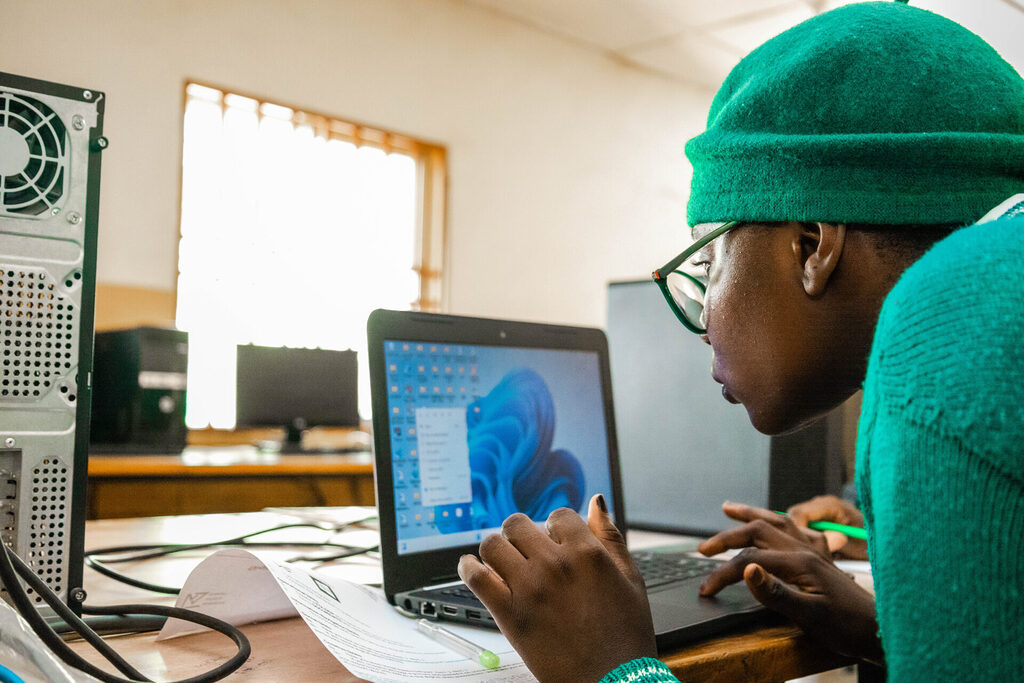For decades, women have been underrepresented in STEM (Science, Technology, Engineering, and Mathematics). Despite stereotypes and barriers, women are not only capable but excel alongside their male counterparts. Unfortunately, the contributions of women in STEM have often been overshadowed by myths and misrepresentations, fueling scepticism about increasing female participation in these fields.

Littered through the centuries are significant contributions of women in STEM. A careful, unbiased study to separate fact from myth will reveal genius-level inventions, discoveries, and contributions of women in mathematics, computing, physics, chemistry, engineering, and even medicine. Here are some notable figures:
French Mathematician, philosopher, physicist, and author Émilie is best known for her translation and commentary on English physicist Isaac Newton’s “Principia Mathematica,” which helped spread Newtonian physics across Europe. Well-educated in astronomy and physics, Émilie conducted extensive experiments to understand various natural phenomena, placing her as a pioneer of the hypothetico-deductive movement in scientific thinking.
The ‘Prophet of the Computer Age’, Lovelace foretold the operations and principles of modern computing after seeing a small demonstration of the newly invented Analytical Engine by the English mechanical engineer Charles Babbage. With a fine mind for languages, she translated a French article on the machine, including her annotations. In her notes, she speculated that it could move beyond numerical calculations to computing various types of data–including music, letters, and images, adding her created algorithm. For this, she is considered the world’s first computer programmer.
Rosalind Franklin was an English Chemist and X-ray crystallographer whose work helped in understanding the molecular structures of DNA, RNA, viruses, coal, and graphite. Her X-ray diffraction photographs of DNA were instrumental in the discovery of the DNA double helix. Also known as Photograph 51, her X-ray image is often referred to as the philosopher’s stone of molecular biology and the ‘secret of life’.
A Chinese-American computer scientist, Fei-Fei Li is a leading figure in cognitively inspired artificial intelligence, robotic learning, AI systems for healthcare delivery, and computational neuroscience. One of the foremost minds in data science, Fei-Fei is the inventor of the ImageNet project, regarded by leading computer scientists as a major landmark in the development of deep learning. As scholarly as she is technical, she is the author of more than 300 scientific articles and a prominent voice in computer science and engineering conferences–as well as a vocal advocate of diversity in STEM and AI education.
Despite the historical progress that women have made in STEM fields, many stereotypes persist. Common myths–such as the purported lack of technical aptitude–suggest that the chances of success are slim. However, women have repeatedly proven to be just as capable as their male counterparts– perhaps even more. Women bring a range of skills and perspectives to STEM fields. They excel in collaboration and teamwork, essential traits in research and development environments. Their curiosity and drive to know why–when properly harnessed and deployed prove to be an invaluable tool to guide their mind into often hard-to-crack questions and problems. Gender-diverse teams benefit from improved problem-solving and innovation, as evidenced by the myriad stories of celebrated and unsung heroines in STEM.
Besides public acknowledgement, the inclusion of women in STEM has far-reaching benefits. Having more women in technical fields helps address skill shortages and drives innovation, fostering overall economic growth. Moreover, with advancements in technology, improved access to STEM education, remote work, and increasingly lowered entry into STEM-oriented roles, the advantages of having more women in these roles prove even more true in families and communities. Socially, a drive for women in STEM and digital skills brings diverse perspectives that can lead to more comprehensive and effective solutions to global challenges. Women’s participation in STEM isn’t just merely beneficial but a necessary tool for creating a balanced and more progressive society.
These outlined advantages underscore the need for improvements in education and policy. Although global barriers to accessing STEM education have significantly dropped, women still remain at the disadvantaged end of the education divide, as current education systems often fall short in encouraging young girls to pursue STEM subjects and digital skills. However, by promoting STEM and making it more accessible, we can nurture interest and talent from a young age.
Another critical issue is the gender pay gap in STEM fields. To achieve equality and close the gender gap in STEM, careful analysis and deliberate action are required. Women-led and women-friendly organisations are leading the way, serving as examples of what can be achieved with commitment and effort. Additionally, enabling policies that support work-life balance and equal pay based on skill and experience can help create a more inclusive and welcoming environment for women in STEM careers.
Looking beyond the present, imagining a world where women’s participation in STEM continues to grow is exciting. Emerging fields such as biotechnology, renewable energy, and artificial intelligence offer new opportunities for young girls and women to make their mark and achieve stellar success. As more women acquire digital skills and enter these fields, they will drive innovation and help tackle some of the world’s most pressing problems.
Women have always been and continue to be central to advancing STEM fields. But as much as has been done, there’s still much more work. By consistently shattering the myths and celebrating success stories, we can inspire a new generation of young girls and women to acquire digital skills and pursue careers in STEM.
Written by: Maureen London
Programme Manager, DSA